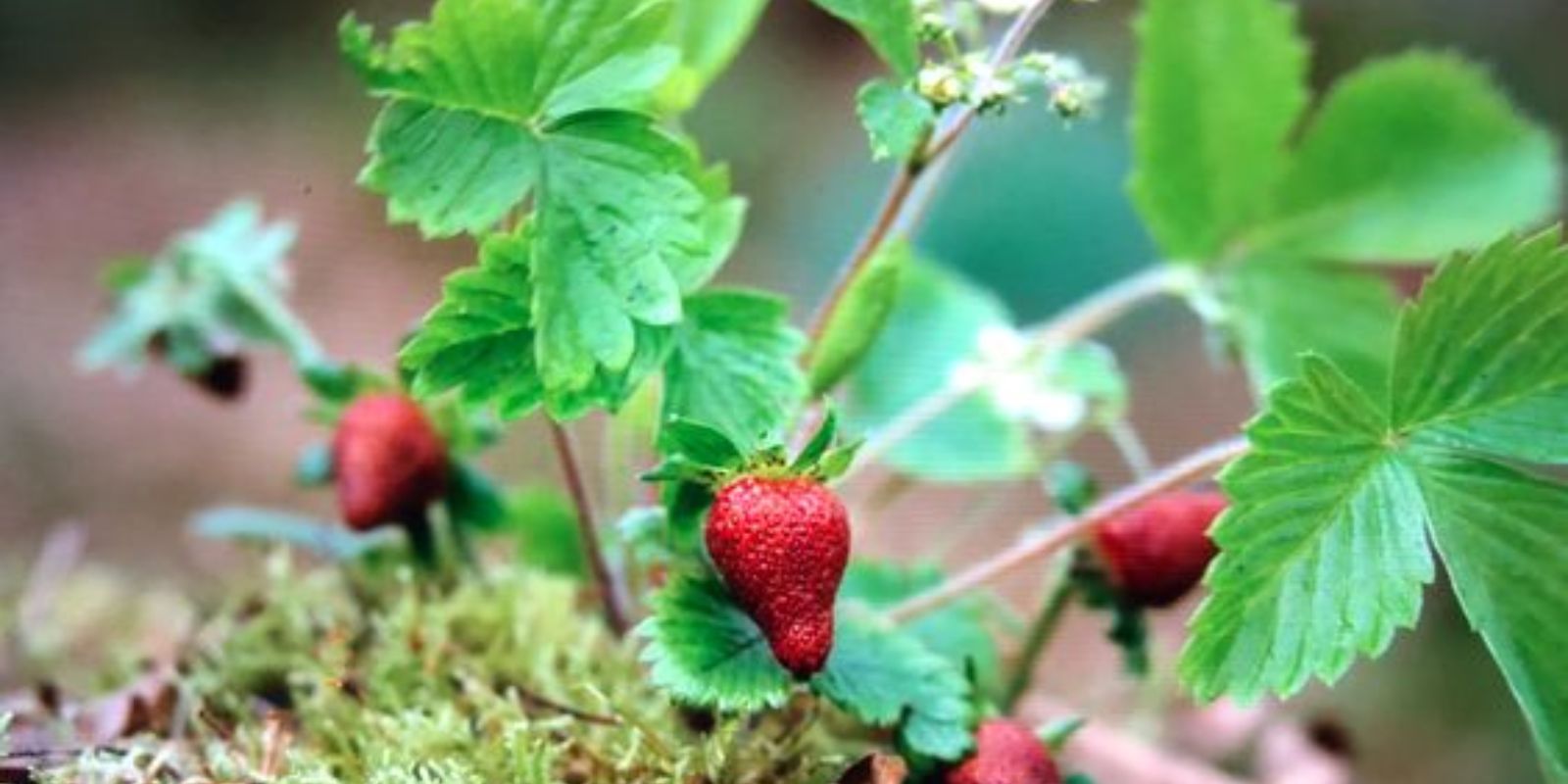Introduction
Strawberries are not only beloved for their sweet, juicy flavor but also for their intriguing growth patterns. Among these patterns, one of the most fascinating is vivipary—a phenomenon where strawberry seeds on the fruit’s surface begin to sprout while still attached. This natural process is both captivating and beneficial for gardeners looking to propagate strawberries in unique ways. In this article, we will delve into the phenomenon of vivipary, explore its causes, and provide a step-by-step guide on how to harness this extraordinary process for growing new strawberry plants.
Understanding Vivipary
Vivipary is a term used to describe a situation where seeds germinate while still attached to the parent plant, instead of waiting to be dispersed and planted in the soil. In strawberries, this means that the seeds on the surface of the fruit can start sprouting green shoots while the fruit is still on the plant. This phenomenon is relatively rare but can occur under specific conditions.
- Causes of Vivipary Several factors can trigger vivipary in strawberries:
- Environmental Conditions: High humidity and warm temperatures can create the perfect environment for vivipary. These conditions encourage the seeds to germinate before they are even dispersed.
- Genetic Factors: Some strawberry varieties are more prone to vivipary due to their genetic makeup. Certain cultivars are more likely to exhibit this behavior under the right conditions.
- Fruit Maturity: Overripe strawberries are more likely to show signs of vivipary. As the fruit matures, the seeds may become more likely to sprout.
- Benefits of Vivipary While vivipary might seem unusual, it has several benefits for gardeners:
- Natural Propagation: Vivipary allows strawberries to propagate naturally without the need for traditional planting methods. This can be particularly useful for gardeners looking to expand their strawberry patch.
- Increased Yield: By harnessing vivipary, gardeners can potentially increase their strawberry yield, as new plants can grow from the sprouting seeds.
Steps to Harness Vivipary for Strawberry Propagation
If you encounter vivipary in your strawberry plants, you can take advantage of this unique process to grow new strawberry plants. Here’s a step-by-step guide to help you make the most of this phenomenon:
- Observe the Strawberries Keep an eye on your strawberry plants, especially if you notice any overripe fruit. Look for strawberries with seeds on the surface starting to sprout green shoots. This is a clear sign of vivipary.
- Create an Optimal Environment To support the development of the sprouts, place the strawberries in a warm, moist environment. This can be done by:
- Using a Greenhouse or Plastic Cover: Place the strawberries in a greenhouse or cover them with plastic to maintain high humidity and warmth.
- Keeping the Soil Moist: If the strawberries are in containers, ensure that the soil remains consistently moist.
- Care for the Sprouts As the green shoots begin to grow, provide the following care:
- Light: Ensure the sprouts receive adequate light. A sunny windowsill or grow lights can help.
- Watering: Keep the soil or growing medium moist but not waterlogged. Overwatering can lead to root rot.
- Transplanting the Shoots Once the sprouts have developed a few leaves and are strong enough, it’s time to transplant them:
- Separate the Shoots: Carefully separate the shoots from the strawberry fruit. Use a clean, sharp knife or scissors to avoid damaging the young plants.
- Prepare the Soil: Fill pots or garden beds with well-draining soil mixed with compost. The soil should be rich in nutrients to support healthy growth.
- Plant the Shoots: Plant the separated shoots into the prepared soil. Space them about 6 to 12 inches apart to allow for proper growth.
- Ongoing Care and Maintenance After transplanting, continue to care for your new strawberry plants:
- Watering: Keep the soil consistently moist, especially during hot weather.
- Fertilizing: Apply a balanced fertilizer every 4-6 weeks to promote healthy growth and fruit production.
- Pruning: Remove any dead or diseased leaves to keep the plants healthy and encourage better airflow.
- Harvesting and Enjoying Your Strawberries With proper care, your newly transplanted strawberry plants will grow and produce fruit. Harvest the strawberries when they are fully ripe and enjoy the fruits of your labor. Vivipary not only offers a unique propagation method but also adds an extra layer of satisfaction to your gardening experience.
Conclusion
Vivipary in strawberries is a fascinating phenomenon that showcases nature’s ability to innovate and adapt. By understanding this process and following the steps outlined above, you can take advantage of this natural propagation method to grow new strawberry plants and enhance your garden. Embrace the wonders of vivipary and enjoy a bountiful harvest of fresh, home-grown strawberries. Happy gardening! 🍓🌿

